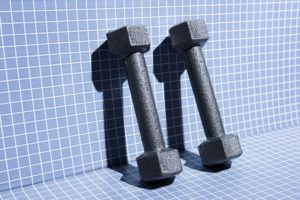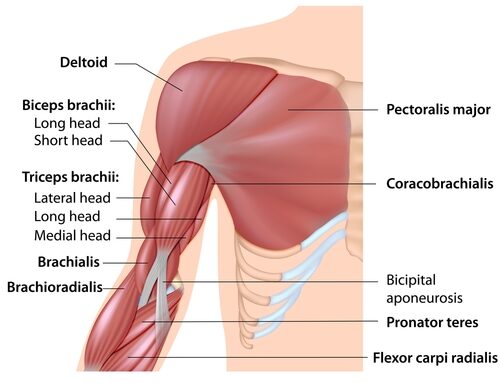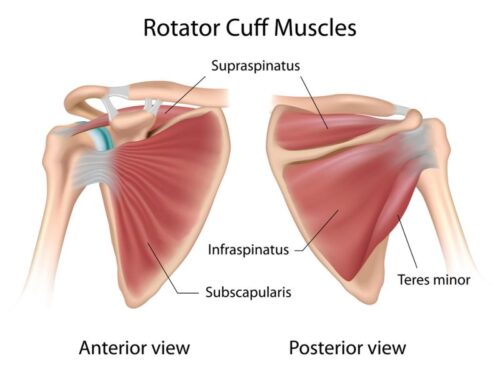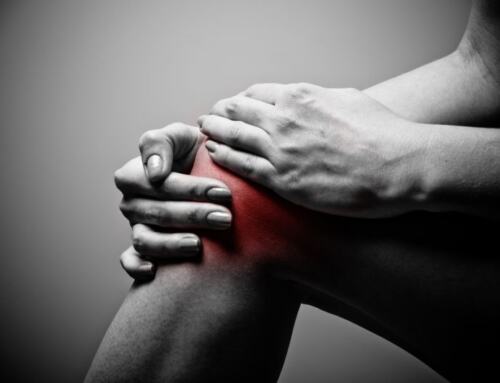This Is the Best Way to Treat Sore Muscles After a Workout
For many people, the mark of a good workout is waking up with sore muscles. Common as it is, though, there’s still a lot of uncertainty about soreness. Can you work out when you’re sore? Do you need to treat sore muscles? Is soreness a cause for concern?
Dr. Ryan Lingor, a primary care sports physician at the Hospital for Special Surgery in New York City, answers all of your questions about muscle soreness.
Is soreness bad?
Not usually. “When people are initiating a new workout regimen, it’s very common to develop soreness,” Lingor says. Soreness is also common after people incorporate new moves or additional weight into their existing routine. “It doesn’t necessarily mean they have to stop the exercise or they have an injury.”
How sore is too sore?
Experiencing some soreness is fine — but there are some red flags that may suggest your pain isn’t normal. Soreness is typically symmetrical, Lingor says, so if you experience significantly more pain on one side of the body, it may be a sign of a pulled muscle or other injury. Normal soreness should also develop between 24 and 36 hours after your workout and recede within about three days; if it persists longer, Lingor says, it may be a sign of something more serious.
Perhaps the biggest thing to look out for, however, is a change in urine color, which may indicate a relatively rare but potentially serious over-training condition called rhabdomyolysis. “Sometimes you can get something where the muscles start to break down in an abnormal fashion,” Lingor says. “That muscle breakdown filters through the kidneys and turns the urine dark.” If you notice that your urine looks darker or brown in the days after an intense
 workout, consult a doctor.
workout, consult a doctor.
How do you help sore muscles after a workout?
Light activity is the best treatment for muscle soreness, Lingor says. “There’s no real effective treatment for delayed-onset muscle soreness. The best thing actually is low-impact activity,” he says. Time also helps.
Common strategies such as stretching, icing and applying heat aren’t harmful, Lingor says, but “there’s mixed evidence about whether those things are helpful or not.” [A sauna can help muscle soreness also]
Can you work out when you’re sore?
Yes. Since light activity is the best cure for soreness, Lingor says he recommends people swim or do other low-impact exercises when they’re left with aching muscles.
As long as you don’t see any of the above red flags, Lingor says there’s no medical reason to stay away from higher-intensity workouts either, although the discomfort may be enough to prompt a rest day.
How can you prevent soreness?
While soreness is to be expected when you start or intensify an exercise routine, Lingor says you can minimize its impact by staying properly hydrated, recovering adequately after a hard workout, and eating healthy sources of carbohydrates and protein after exercising.
Otherwise, just look at your tender muscles as a sign that you’re mixing it up a the gym. “Variety is a good thing,” Lingor says, and soreness “just kind of comes with the territory.”
[…]






